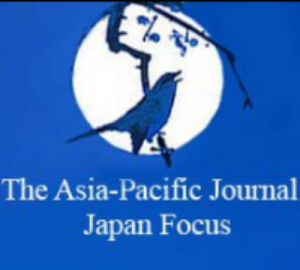Utsumi Aiko
Utsumi Aiko is professor of humanities at Keisen University, Tokyo. Her numerous books in Japanese include The Japanese Army’s Policies on Prisoners of War, and The Record of Korean Class B and C War Criminals. Her work in English includes “Japanese Racism, War and the POW Experience” in War and State Terrorism (Mark Selden and Alvin So, eds.) and “Prisoners of War in the Pacific War: Japan’s Policy” in The Burma-Thai Railway (Gavan McCormack and Hank Nelson, eds.).





